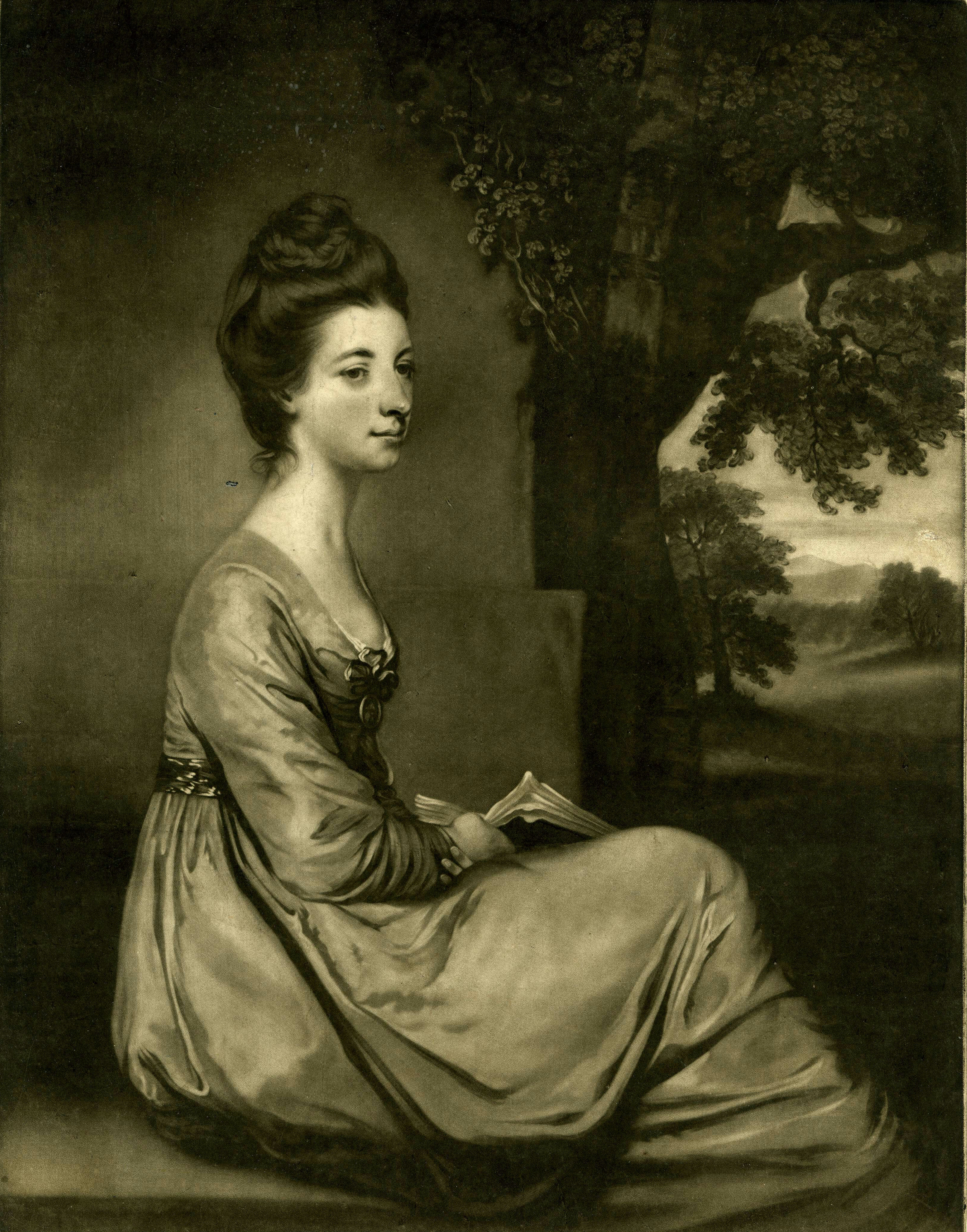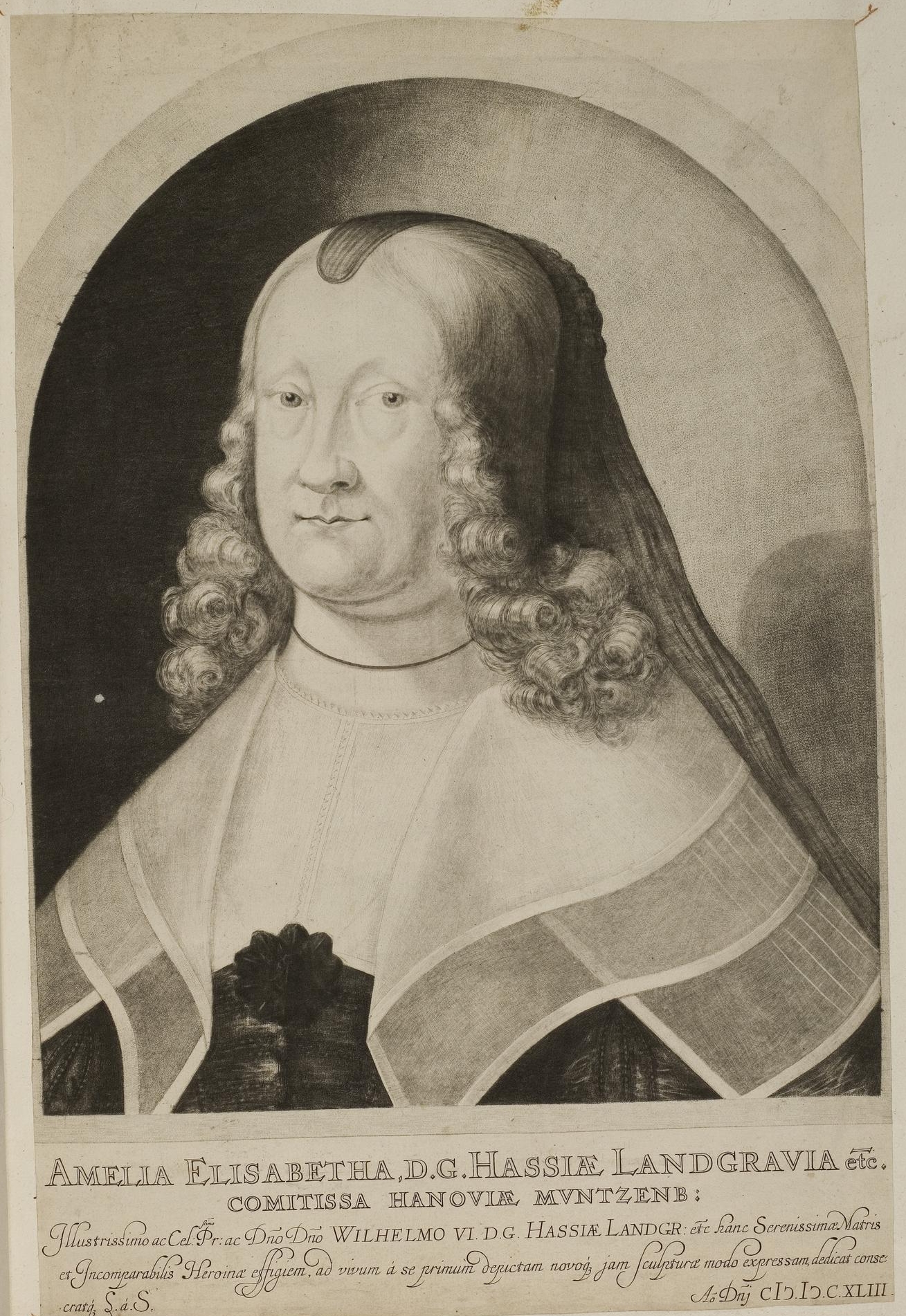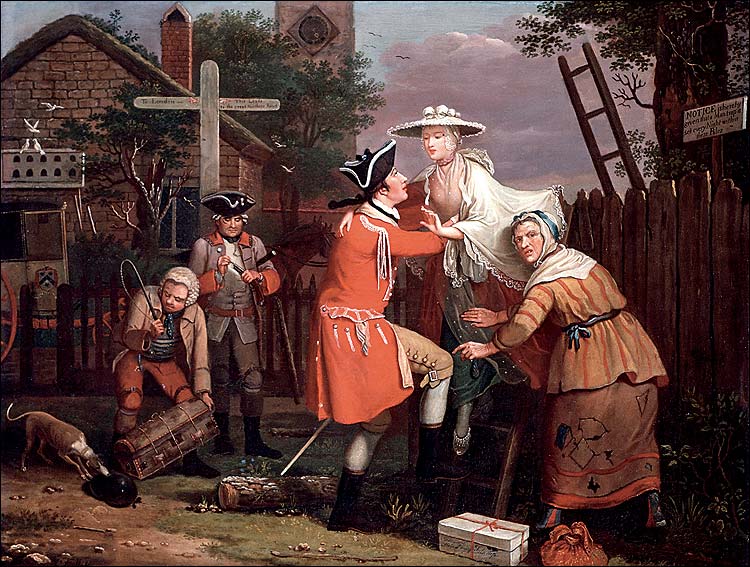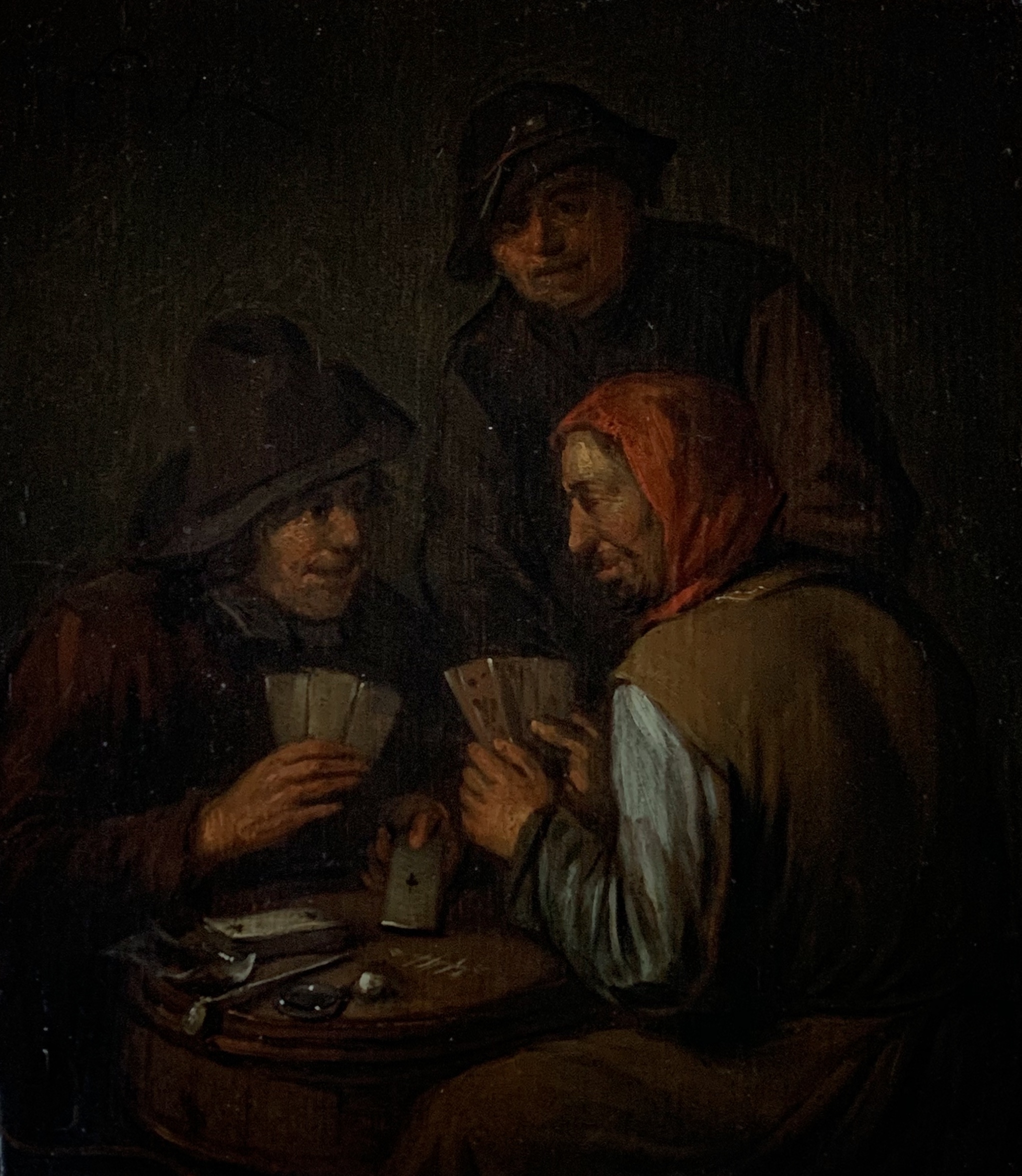|
Butler Clowes
Butler Clowes (died c.1788) was an English mezzotint-engraver and printseller. Life Clowes lived in Gutter Lane, Cheapside, London where he kept a print-shop, and his address appeared on engravings by James Watson and others. Works Clowes made portraits in mezzotint, usually from the life, some of which he sent to the exhibitions of the Free Society of Artists from 1768 to 1773. Among those portraits were those of himself, his wife, John Augustus Clowes, John Glas, Nathan Potts, Mrs. Luke Sullivan after Tilly Kettle, and Charles Dibdin as Mungo in the opera of ''The Padlock''. He also engraved in mezzotint: * after Philip Dawe, ''The Hen-pecked Husband'' and ''The Dying Usurer'', both exhibited in 1768; *after John Collett, ''A Rescue, or the Tars Triumphant'', ''Grown Gentlemen taught to dance'', and ''The Female Bruisers'', exhibited in 1771; *after Egbert Jasperszoon van Heemskerk, and George Stubbs George Stubbs (25 August 1724 – 10 July 1806) was an English p ... [...More Info...] [...Related Items...] OR: [Wikipedia] [Google] [Baidu] |
Cheapside
Cheapside is a street in the City of London, the historic and modern financial centre of London, which forms part of the A40 London to Fishguard road. It links St. Martin's Le Grand with Poultry. Near its eastern end at Bank junction, where it becomes Poultry, is Mansion House, the Bank of England, and Bank station. To the west is St. Paul's Cathedral, St Paul's tube station and square. In the Middle Ages, it was known as Westcheap, as opposed to Eastcheap, another street in the City, near London Bridge. The boundaries of the wards of Cheap, Cordwainer and Bread Street run along Cheapside and Poultry; prior to boundary changes in 2003 the road was divided amongst Farringdon Within and Cripplegate wards in addition to the current three. The contemporary Cheapside is widely known as the location of a range of retail and food outlets and offices, as well as the City's only major shopping centre, One New Change. Etymology and usage ''Cheapside'' is a common English ... [...More Info...] [...Related Items...] OR: [Wikipedia] [Google] [Baidu] |
James Watson (engraver)
James Watson (c. 1739 – 1790) was an Irish engraver. Life He came while young to London, where he is supposed to have been a pupil of James Macardell. He became a leading mezzotint engraver. Watson published some of his works himself at his house in Little Queen Anne Street, Portland Chapel; but the majority were done for Sayer, Boydell, and other printsellers. He exhibited engravings with the Incorporated Society of Artists between 1762 and 1775. Watson died in Fitzroy Street, London, on 20 May 1790. The engraver Caroline Watson (1761?–1814) was his daughter and pupil. Works Watson produced plates from pictures by Joshua Reynolds, Thomas Gainsborough, Francis Cotes, Catherine Read, Anthony van Dyck, Gabriel Metzu, Godfried Schalcken, Peter Paul Rubens Sir Peter Paul Rubens (; ; 28 June 1577 – 30 May 1640) was a Flemish artist and diplomat from the Duchy of Brabant in the Southern Netherlands (modern-day Belgium). He is considered the most influential artist ... [...More Info...] [...Related Items...] OR: [Wikipedia] [Google] [Baidu] |
Mezzotint
Mezzotint is a monochrome printmaking process of the '' intaglio'' family. It was the first printing process that yielded half-tones without using line- or dot-based techniques like hatching, cross-hatching or stipple. Mezzotint achieves tonality by roughening a metal plate with thousands of little dots made by a metal tool with small teeth, called a "rocker". In printing, the tiny pits in the plate retain the ink when the face of the plate is wiped clean. This technique can achieve a high level of quality and richness in the print. ''Mezzotint'' is often combined with other ''intaglio'' techniques, usually etching and engraving. The process was especially widely used in England from the eighteenth century, to reproduce portraits and other paintings. It was somewhat in competition with the other main tonal technique of the day, aquatint. Since the mid-nineteenth century it has been relatively little used, as lithography and other techniques produced comparable results more ea ... [...More Info...] [...Related Items...] OR: [Wikipedia] [Google] [Baidu] |
Free Society Of Artists
The Society of Artists of Great Britain was founded in London in May 1761 by an association of artists in order to provide a venue for the public exhibition of recent work by living artists, such as was having success in the long-established Paris salons. Leading members seceded from the society in 1768, a move leading directly to the formation of the Royal Academy of Arts. The society was dissolved 1791 after years of decline. History The Society of Artists of Great Britain began in 1760 as a loose association of artists, including Joshua Reynolds and Francis Hayman, who wanted greater control by artists over exhibitions of their work previously organised by William Shipley's Society of Arts (founded in 1754). The new society organised their first exhibition in April 1760 and over one thousand visitors per day attended. The following year they held their second exhibition at Christopher Cock's Auction Rooms in Spring Gardens, Charing Cross, and "In a conspicuous gesture ... [...More Info...] [...Related Items...] OR: [Wikipedia] [Google] [Baidu] |
John Glas
John Glas (5 October 1695 – 2 November 1773) was a Scottish clergyman who started the Glasite church movement. Biography Early years He was born at Auchtermuchty, Fife, where his father was parish minister. He was educated at Kinclaven and Perth Grammar School, graduated from the University of St Andrews in 1713, and completed his education for the ministry at Edinburgh. He was licensed as a preacher by the presbytery of Dunkeld, and soon afterwards ordained by that of Dundee as minister of the parish of Tealing (1719), where his preaching soon drew a large congregation. Early in his ministry he was brought to a halt while lecturing on the Shorter Catechism by the question ''"How doth Christ execute the office of a king?"'' This led to an examination of the New Testament foundation of the Christian Church, and in 1725, in a letter to Francis Archibald, minister of Guthrie, Forfarshire, he repudiated the obligation of national covenants. Separate society In the same yea ... [...More Info...] [...Related Items...] OR: [Wikipedia] [Google] [Baidu] |
Tilly Kettle
Tilly Kettle (1735–1786) was a portrait painter and the first prominent English portrait painter to operate in India. Life He was born in London, the son of a coach painter, in a family that had been members of the Brewers' Company of freemen for five generations. He studied drawing with William Shipley in the Strand and first entered professional portraiture in the 1750s. Kettle's first series of portraits appeared in the 1760s. His first surviving painting is a self-portrait from 1760, with his first exhibit with (A. Graves, 1907) the Free Society of Artists in 1761. In 1762, he worked at restoring Robert Streater's ceiling paintings in the Sheldonian Theatre, Oxford, and painted Francis Yarborough, a doctor of Brasenose College, Oxford in 1763. He painted many members of the family of William Legge, 2nd Earl of Dartmouth. In 1764–5, he was active in London and continued exhibiting at the Society of Artists. In 1768, Kettle sailed to India with the British East India ... [...More Info...] [...Related Items...] OR: [Wikipedia] [Google] [Baidu] |
Charles Dibdin
Charles Dibdin (before 4 March 1745 – 25 July 1814) was an English composer, musician, dramatist, novelist, singer and actor. With over 600 songs to his name, for many of which he wrote both the lyrics and the music and performed them himself, he was in his time the most prolific English singer-songwriter. He is best known as the composer of "Tom Bowling", one of his many sea songs, which often features at the Last Night of the Proms. He also wrote about 30 dramatic pieces, including the operas ''The Waterman'' (1774) and ''The Quaker'' (1775), and several novels, memoirs and histories. His works were admired by Haydn and Beethoven. Life and career Early life and early successes The son of a silversmith, Dibdin was privately baptised on 4 March 1745 in Southampton and is often described as the youngest child of eighteen born to a 50-year-old mother. His parents, intending him for the clergy, sent Dibdin to Winchester College, but his love of music soon diverted his though ... [...More Info...] [...Related Items...] OR: [Wikipedia] [Google] [Baidu] |
The Padlock
''The Padlock'' is a two-act ' afterpiece' opera by Charles Dibdin. The text was by Isaac Bickerstaffe. It debuted in 1768 at the Drury Lane Theatre in London as a companion piece to '' The Earl of Warwick''. It partnered other plays before a run of six performances in tandem with '' The Fatal Discovery'' by John Home. "The Padlock" was a success, largely due to Dibdin's portrayal of Mungo, a blackface caricature of a black servant from the West Indies. The company took the production to the United States the next year, where a portrayal by Lewis Hallam, Jr. as Mungo met with even greater accolades. The libretto was first published in London around 1768 and in Dublin in 1775. The play remained in regular circulation in the U.S. as late as 1843. It was revived by the Old Vic Company in London and on tour in the UK in 1979 in a new orchestration by Don Fraser and played in a double-bill with Garrick's ''Miss In Her Teens''. The role of Mungo was, again, played by a white actor. ... [...More Info...] [...Related Items...] OR: [Wikipedia] [Google] [Baidu] |
Philip Dawe
Philip Dawe (c.1730 – 13 August 1832) was an English mezzotint engraver, artist and political cartoonist. He is thought to have been born in London in the 1730s, the son of a city merchant. He died in Kentish Town, London. He was married to Jane and they had six children, three of whom also became artists: George Dawe, Henry Edward Dawe and James Philip Dawe. He was articled to Henry Morland Redgrave, Samuel: ''A Dictionary of Artists of the English School'' and godfather to his son George Morland. It is said that Dawe was the only person to maintain a strong friendship with George Morland through both the ups and downs of the latter's life. Dawe's son, George, wrote a biography of Morland entitled ''The Life of George Morland with Remarks on His Works'' which was published in 1807. Philip Dawe also worked for some time under William Hogarth. Although he worked as an artist in his own right, Dawe's output largely comprised engravings of the work of others. He also produc ... [...More Info...] [...Related Items...] OR: [Wikipedia] [Google] [Baidu] |
John Collett (artist)
John Collet or Collett (1725 – 6 August 1780) was an English satirical artist. Life He was born in London about 1725, and son of a gentleman holding a public office. He was a pupil of painter George Lambert, and studied at the art school in St Martin's Lane. He first exhibited at the exhibition of the Free Society of Artists in 1761, to which he sent three landscapes. In 1762, he exhibited with the same society ''A Gipsy telling some Country Girls their Fortune.'' From this time, though he occasionally exhibited landscapes, portraits, animals, and other subjects, his pictures are mainly of a humorous description, based on the style of William Hogarth, whose 'comedy in art' he strove to imitate, if not to surpass. There was a large demand for his pictures, and the engravings from them, many by first-class engravers, were published by Carington Bowles, Smith & Sayer, Boydell, and other well-known publishers. Collett continued to exhibit with the Free Society of Artists up t ... [...More Info...] [...Related Items...] OR: [Wikipedia] [Google] [Baidu] |
Egbert Jasperszoon Van Heemskerk
Egbert van Heemskerck, or Egbert Jaspersz van Heemskerk (1634–1704) was a Haarlem Dutch Golden Age painter of genre works who died in London in 1704. He is often confused with another genre painter also called Egbert van Heemskerk III who lived – 1744. Biography Attempts to distinguish the work of the elder and younger Heemskerck, where they overlap, have as yet been unsuccessful. An even older Egbert van Heemskerk, often reported to have lived from 1610–1680, may not have existed. Egbert van Heemskerck the Younger was born between 1666 and 1686 and died in 1744, the locations apparently unknown, but he worked in London for John Wilmor, Earl of Rochester in 1670. Egbert Jaspersz van Heemskerck or Egbert van Heemskerck the Elder (1634–1704) was born in Haarlem to the doctor Jasper Jaspersz van Heemskerck and his wife Marytge Jansdr van Stralen. [...More Info...] [...Related Items...] OR: [Wikipedia] [Google] [Baidu] |

_1.313_-_Cheapside_Cross%2C_as_it_appeared_in_1547.jpg)


.jpg)


.jpg)

